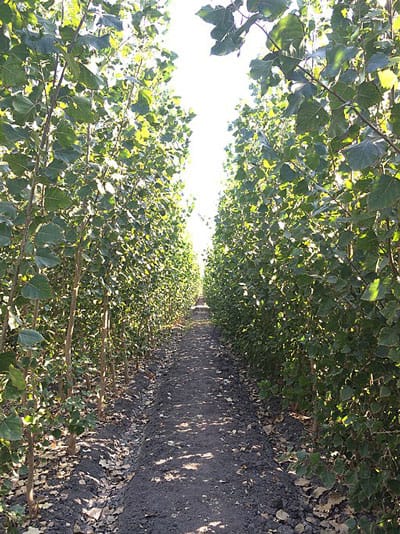

Using wood for power generation could worsen climate change through to at least the end of the century. That’s according to researchers in the US, who found that carbon dioxide released into the atmosphere from wood-fired power generators takes many decades to be recaptured by new trees.
The topic is pertinent as governments are considering their energy choices to meet climate targets such as the EU’s goal of 20% renewable energy by 2020. This includes considering sustainability criteria to ensure that the use of biofuels delivers real carbon savings and protects biodiversity.
“A molecule of carbon dioxide emitted today has the same impact on the climate whether it comes from coal or biomass,” said John Sterman of MIT, US. “Declaring that biofuels are carbon neutral, as the EU and others have done, erroneously assumes forest regrowth happens quickly and with certainty. Neither is true.”
Sterman and colleagues used dynamic lifecycle analysis to examine changes in carbon dioxide emissions when wood bioenergy replaces coal. They calculated that burning wood emits more carbon dioxide into the atmosphere than coal because of greater losses in processing and combustion. Recapturing that carbon dioxide takes from decades to over a century, depending on the tree species and forest, and only happens if the harvested lands are allowed to regrow.
In the meantime, climate change worsens and the impacts – such as higher sea-level and ocean acidification – persist for centuries, according to the team.
The researchers note that their results are optimistic: the climate impact of wood bioenergy worsens if harvested lands are converted to agricultural use; if the new forest is subject to fire or damage from disease; or if the price of coal falls as wood cuts coal demand, leading to a rebound in coal use elsewhere.
Sterman believes that options such as wind and solar provide a more immediate and more certain contribution. “To have a decent chance of limiting global warming to the United Nations Paris Climate Agreement limit of no more than 2°C above pre-industrial levels, we need to keep fossil carbon in the ground and trees on the land,” he said. “Wind and solar, with storage, are already cheaper than fossil fuels in many areas. And, unlike wood, they reduce greenhouse gas emissions from day one.”
The researchers are keen to see complete accounting for emissions from all energy sources, including emissions at the point of use and arising in the supply chain. “Offsetting reductions in atmospheric carbon dioxide should be credited only when – and if – there is net new growth on the lands harvested to supply the biomass,” Sterman added.
The researchers used an interactive climate simulation model dubbed C-ROADS, which they adapted to evaluate the dynamics of a range of bioenergy scenarios.
The team published the results in Environmental Research Letters (ERL).



